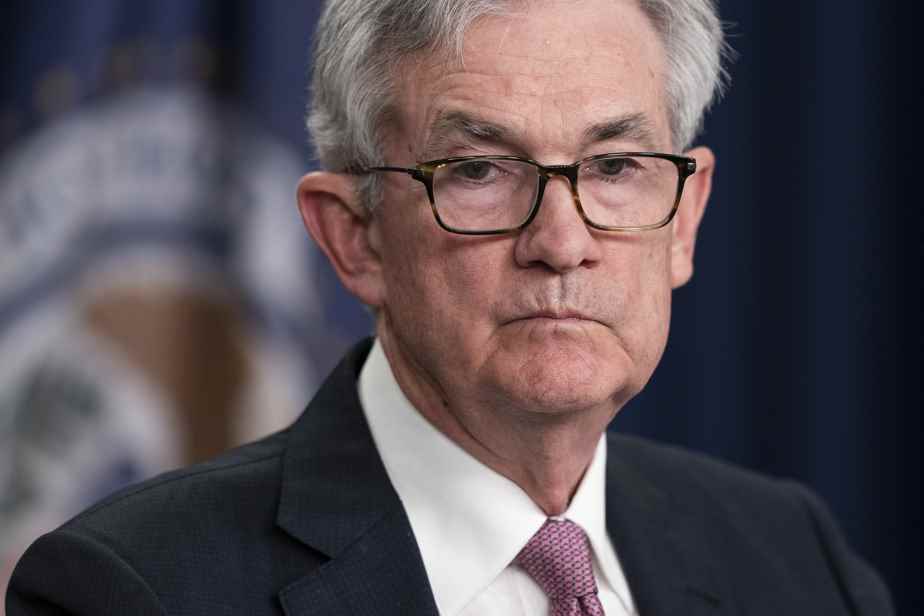(Washington) The US Senate confirmed on Thursday the reappointment, as chairman of the central bank (Fed), of Jerome Powell, chosen by Joe Biden for a second term, in the midst of a series of rate hikes in the face of high inflation.
Posted at 2:51 p.m.
Updated at 3:18 p.m.
The plenary assembly of the Senate, as expected, pronounced in favor of “Jay” Powell, by 80 votes against 19.
Jerome Powell, a 69-year-old former lawyer and banker, governor of the Fed since 2012, was appointed head of the institution in 2018 by Donald Trump. He then succeeded Janet Yellen, who has since become Joe Biden’s Treasury Secretary.
The Senate has already confirmed Lael Brainard as vice president (52 votes to 43), as well as, as governors, Philip Jefferson (91-7) and Lisa Cook (51-50), who became the first black woman to occupy this function, despite the opposition of the Republicans. The equality of votes between the two camps had even required the vote of the vice-president of the United States, Kamala Harris, to achieve a majority.
Elected officials have yet to decide on the appointment of Michael Barr to the post of vice-president for banking regulation, after Sarah Bloom Raskin, initially chosen, had given up, for lack of sufficient support.
Their priority will be to fight against inflation, while preserving the good health of the economy, a balancing act.
The Fed’s monetary committee, after having long considered inflation to be temporary, had to carry out two key rate hikes since March, and warned that several more were to be expected to curb record inflation.
The decision to offer Mr. Powell a second four-year term was announced in November by Joe Biden. The appointment of the chairman of the Fed is, in terms of the economy, one of the most important decisions of the mandate of the president of the United States.
The Fed, which is the most powerful central bank in the world, decides the country’s monetary policy. It monitors and regulates the financial sector. Its decisions can boost or slow down American economic activity by fixing the cost of credit, influence the dollar and thereby all financial markets.
